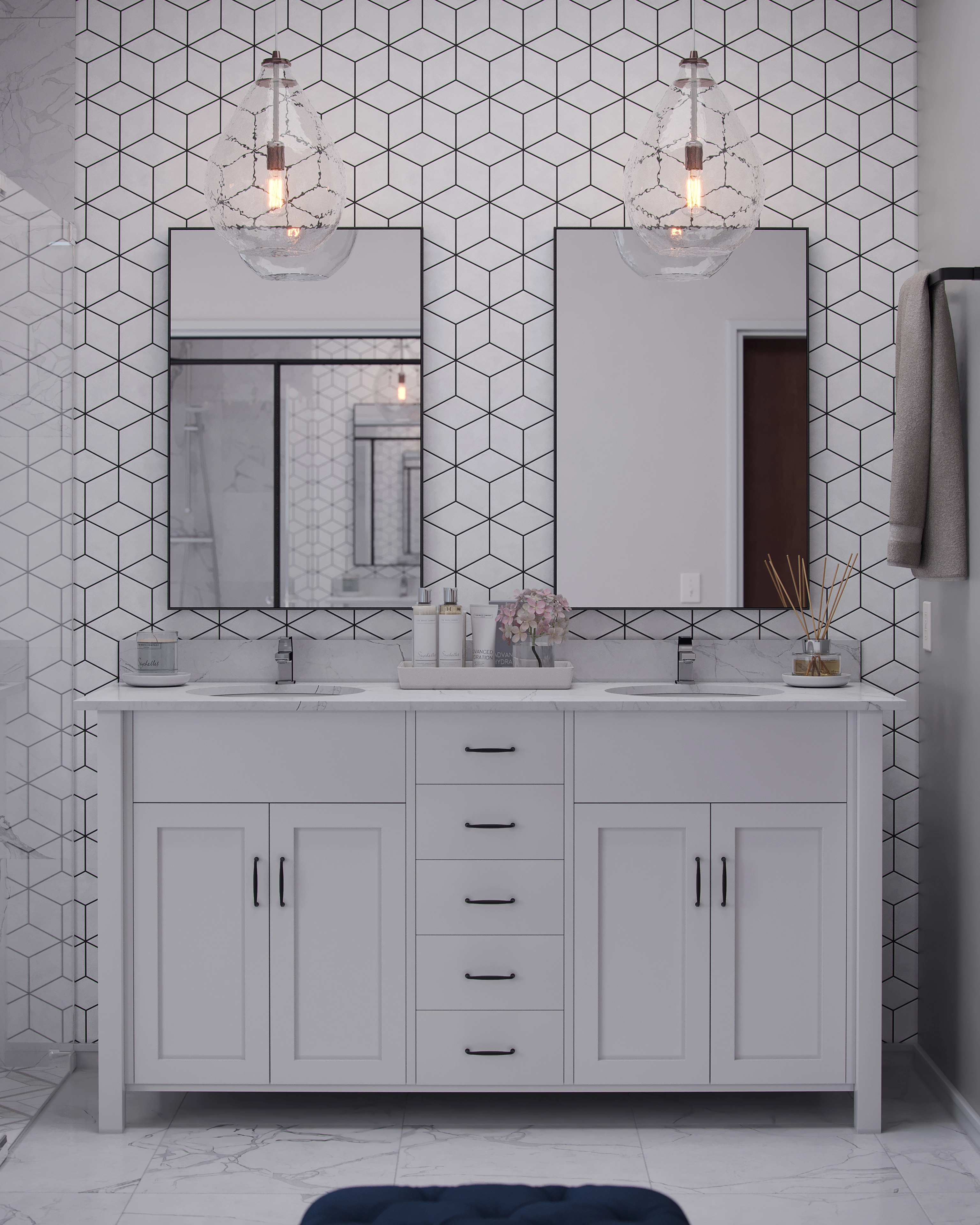September 12, 2024
Porcelain vs. Ceramic Tile: Choosing the Best Option for Your Space
When it comes to flooring and wall tiles, porcelain and ceramic are two of the most popular materials homeowners and designers use for interior design projects. While these tiles often look similar, they have distinct differences in terms of durability, water resistance, and application. Understanding the benefits and drawbacks of both can help you choose the best option for your home or project.
.webp)
What’s the Difference?
The key difference between porcelain and ceramic tile lies in their composition and manufacturing process. Both are made from clay and other natural materials, but porcelain is denser and fired at a higher temperature, making it more durable and water-resistant than ceramic. Ceramic tiles are slightly more porous and softer, making them easier to cut and work with for certain applications.
Durability and Strength
If you're looking for a highly durable option, porcelain is the way to go. It’s much denser and less porous, making it an ideal choice for high-traffic areas like kitchens, entryways, and bathrooms. It can withstand heavy foot traffic and is less prone to cracking and wear over time. On the other hand, ceramic tile, while strong, is more susceptible to chipping or cracking under heavy use. However, it's still a great choice for areas with lower foot traffic, like backsplashes or feature walls.

Water Resistance
Porcelain tiles are more water-resistant than ceramic due to their density and low absorption rate. This makes porcelain the better choice for areas exposed to moisture, such as bathroom floors, shower walls, or outdoor spaces. Ceramic tiles, while still suitable for indoor use, may not be as reliable in areas constantly exposed to water. However, they're still a great option for areas like kitchen backsplashes or accent walls.
Design Versatility
Both porcelain and ceramic tiles come in a wide variety of styles, colors, and finishes. However, porcelain tiles tend to offer more realistic designs that mimic the appearance of natural stone or wood, thanks to advancements in manufacturing. Ceramic tiles, while available in a variety of patterns and colors, tend to lean toward simpler, more traditional designs. They’re perfect for decorative features where bold, eye-catching patterns are desired.
Ease of Installation
Ceramic tiles are generally easier to cut and install than porcelain due to their softer composition. This makes them a popular choice for DIY projects or for installations requiring custom cuts and shapes. Porcelain’s dense nature makes it more challenging to cut and install, often requiring specialized tools. Because of this, porcelain installation is best left to professionals for a flawless finish.

Both porcelain and ceramic tiles offer beautiful and functional solutions for your interior design needs. If durability, water resistance, and a premium finish are top priorities, porcelain is likely the best choice. On the other hand, ceramic tiles offer affordability, ease of installation, and a broad range of design options, making them ideal for more decorative applications. Ultimately, the choice between porcelain and ceramic depends on your specific project needs, budget, and the area where the tile will be installed.
